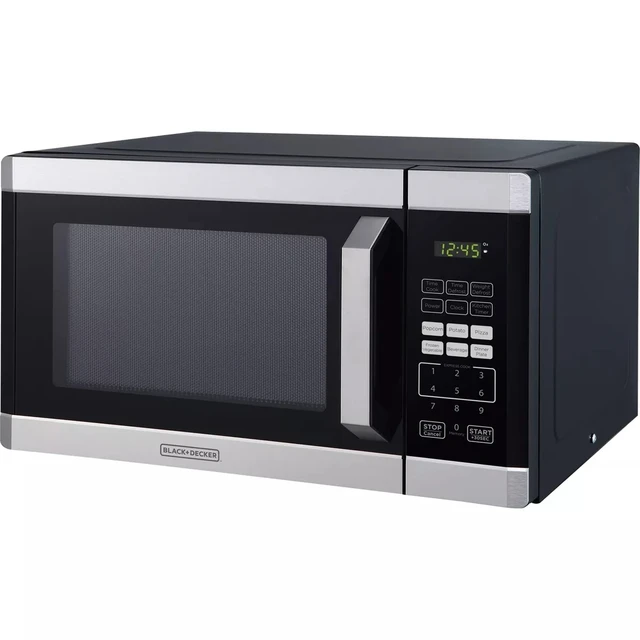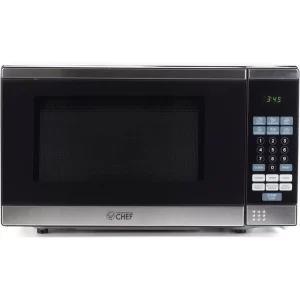Fun fact: What food was first microwave?
Introduction:
The introduction of the microwave oven revolutionized the way we cook and heat food. However, the first food item to be cooked or heated in a microwave may not be as well-documented as the invention itself. As microwave technology evolved, the use of microwaves in culinary applications grew rapidly. In this article, we will explore the early experiments with microwaves and food, the first known food items to be cooked or heated in a microwave, and the subsequent impact of microwave cooking on the culinary world.

Fun fact: What food was first microwave?
Early Experiments with Microwaves:
Following the accidental discovery of microwave heating by Percy Spencer in 1945, researchers and inventors conducted experiments to explore the potential applications of microwaves in cooking.
Popcorn:
While there is no definitive evidence of the first food item cooked in a microwave, popcorn is often cited as one of the earliest foods prepared using microwave technology.
In the 1940s, researchers and engineers experimented with popping corn kernels using microwaves, taking advantage of the heat generated by the electromagnetic radiation.
Integration into Household Appliances:
In the 1950s and 1960s, as microwave ovens were introduced for home use, manufacturers began showcasing their ability to cook or heat a variety of food items.
Heating Beverages and Soups:
One of the early uses of microwaves in the culinary world was heating beverages and soups.
The rapid and efficient heating capabilities of microwaves made them ideal for quickly warming up liquids.
Reheating Leftovers:
Microwave ovens quickly gained popularity as a convenient tool for reheating leftovers.
Rather than using stovetops or ovens, microwaves provided a faster and more energy-efficient method for reheating previously cooked food.
Frozen Foods:
Frozen foods, such as pre-packaged meals or frozen vegetables, were among the first commercially available foods specifically marketed for microwave cooking.
Manufacturers recognized the convenience and time-saving benefits of using microwaves to cook or heat frozen foods.
Baking Potatoes:
Microwave ovens also gained recognition as a quick and efficient way to bake potatoes.
The ability to cook potatoes in a fraction of the time compared to traditional baking methods made microwave cooking appealing to many.
Convenience Foods:
The rise of microwave ovens coincided with the emergence of convenience foods, which were specifically designed for quick and easy cooking in microwaves.
Items such as microwaveable popcorn, microwaveable pasta dishes, and pre-packaged microwaveable meals became popular choices for consumers seeking convenience and speed in meal preparation.
Steaming Vegetables:
Microwaves provided a fast and efficient method for steaming vegetables.
The ability to retain moisture and nutrients in vegetables while quickly cooking them made microwave steaming a popular cooking technique.
Defrosting:
Microwaves quickly became the go-to appliance for defrosting frozen foods.
The ability to defrost food rapidly while minimizing the risk of bacterial growth made microwaves a convenient tool for meal preparation.
Advancements in Microwave Technology:
As microwave technology advanced, newer models incorporated features specifically designed for different cooking techniques.
Cooking Innovations:
Over time, innovative cooking techniques specifically adapted for microwave ovens emerged.
Baking and Roasting:
With the incorporation of convection technology in microwaves, baking and roasting became more viable cooking options.
Convection microwaves provided the benefits of microwave cooking while also offering the ability to brown and crisp food.
Continued Evolution:
Microwaves have continued to evolve, incorporating additional features and functions.
Some modern microwaves now offer grilling, toasting, and combination cooking modes, further expanding the culinary possibilities.
Conclusion:
While the specific first food item cooked or heated in a microwave may not be definitively documented, early experiments with microwaves focused on popcorn, heating beverages, reheating leftovers, and cooking frozen foods. Microwave ovens quickly gained popularity as a convenient tool for home cooks, offering rapid and efficient cooking and heating capabilities. Over time, microwave technology advanced, allowing for baking, roasting, and even specialized cooking techniques. The convenience and speed of microwave cooking played a significant role in the rise of convenience foods and the evolution of culinary practices. Today, microwave ovens continue to evolve, offering a wide range of features and functions that cater to various cooking needs and preferences. By embracing microwave cooking techniques, individuals can enjoy the benefits of fast, convenient, and efficient meal preparation.

